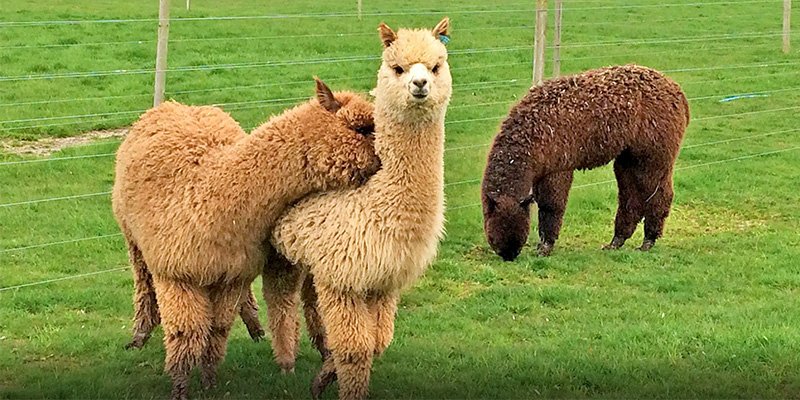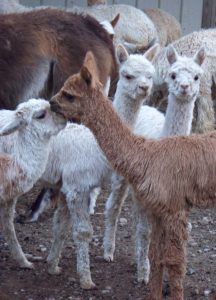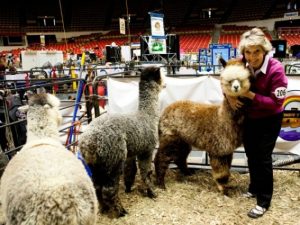The Beauty Of Alpaca Farms

A Visit To The Alpaca And Adventure Farm
March 29, 2018
Alpaca as a Business
October 10, 2018
Alpaca Farms in Peru
The Alpaca is a species of the Camelid; it is domesticated and found in South America. There is an excellent interest among people after the recent Maryland Alpaca and Fleece festival organized successfully by event management companies. The Llamas and the Alpacas are similar, and hence people often get confused. They can cross breed too, and they are closely related. Alpacas are gaining so much popularity in the rural areas that even wedding shoots are conducted having them around. Check www.washingtonian.com/2017/12/11/alpaca-wedding-photoshoot-psychedelic-photoshoot-rural-virginia-warrenton/ to know more.
Peru can be called as the land of Alpacas and let us know more about the Alpaca farms in Peru where they stay in their natural environment.
 Feeding the Alpacas
Feeding the Alpacas
The Sacred Valley in the Cusco region is the place where you can find the Alpacas in their natural habitat. The lands in those regions are unfenced, and hence the grazing is shared. The community has vast farms where the animals are free to roam around. The property is spread in acres, and the alpaca ranchers have to look for their herds in that vast area of land as they would have wandered. The rancher’s goal around this area is to raise healthy places which can give the best fleece which is beautiful, elite and dense.
The fleece in this part of the region is sheared once in two years instead of doing it annually as done in other places. That is because of the altitude and climate of that region. But the advantage of allowing it to grow that long is that the fleece is extremely thick and dense which makes up for the duration.
Tips from a Alpacas Breeder to Raise A Farm
These are herd animals, and hence you should have a handful of them if you are planning to raise them. A minimum of two or 4 should be in a herd for them to be happy and comfortable. Surprisingly, a flock of four will need only an acre of land to graze just if you have no plans of breeding. If you want to breed, then you should have enough space for the males and females as they need separate area. The female alpacas have no heat cycle, meaning the males can impregnate any time they want and hence to control it you should be placing them in separate places.
for the males and females as they need separate area. The female alpacas have no heat cycle, meaning the males can impregnate any time they want and hence to control it you should be placing them in separate places.
Raising Alpacas for fiber:
If the plan is to raise Alpacas for fiber, then it is an easy task. You will just need a herd of 2 or 4 and an acre of land and lot of hay for feeding. You can either shear it once in 2 years or annually based on the thickness you want. You can expect to get about 5 pounds of fiber from every animal that you have in the herd excluding the fleeced from the legs, head, and stomach. The shearing can be done by companies or by yourself if you have the experience. Once the fleece is sheared, the fiber has to be washed in hand and dried. You can then use that to knit a yarn. It will then have to be dyed or left to its natural state. You should dye the roving with vinegar as the other types of dyes are toxic.
Read Also : Benefiting From Alpaca Farms
